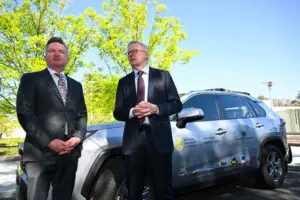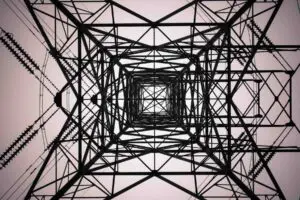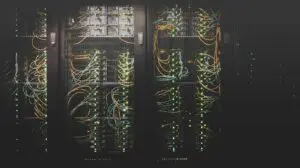Some of Victoria’s key former gold and coal mining centres have been revealed as the latest focus of the state Labor government’s renewable energy plans, with the announcement of $1 million fund to support the development of community renewables hubs, and to investigate the potential for solar and pumped hydro storage.

The Andrews government said on Wednesday that it has set aside $900,000 for three, two-year pilot Community Power Hubs, in Bendigo, Ballarat and the Latrobe Valley.
State energy minister Lily D’Ambrosio said the hubs would support the development of renewable energy projects by providing legal and technical expertise, as well as start-up funding. Eligible projects could include solar gardens and community wind farms, with expressions of interest now open to host a Community Power Hub.
On top of this, another $100,000 would be dedicated to a feasibility study into whether Bendigo’s empty mine shafts could be used to generate and store renewable energy.
The potential for disused mine infrastructure to be repurposed for renewable energy generation and storage is generating considerable interest in Australia, particularly off the back of the progress of Genex Power’s Kidston solar and pumped hydro project in Queensland, that is being developed at an old gold mine site.
In Victoria, the feasibility study will be supported by an additional $50,000 for the City of Greater Bendigo to investigate the viability of using solar powered pumped hydro to generate and store electricity.
According to the Andrews government, early calculations suggest a pumped hydro and solar facility in the region could generate up to 784kWh – boosting the reliability of the local power grid, creating local jobs and supporting the growth of local businesses.
It would also have the potential to provide around the clock electricity supply and make Bendigo a net exporter of renewable energy, the government said.
“Interest in community energy projects has increased significantly over the years, with communities wanting greater control over their energy and associated costs,” said D’Ambrosio in a statement on Wednesday.
“Solar pumped hydro has the potential to store and generate significant amounts of energy. This feasibility study is the first key step towards realising the benefits of solar pumped hydro for the Bendigo region.”
Local environmental group Friends of the Earth welcomed the new fund, and said it hoped the government would build on this “positive first step” by ensuring the Latrobe Valley – home to the recently shuttered Hazelwood coal-fired power station – gets a slice of investment under the Victorian Renewable Energy Target.
“The Andrews government can secure jobs and investment for the Latrobe Valley by ensuring it gets a slice of the Victorian Renewable Energy Target,” said FoE renewables spokesperson, Pat Simons.
“The Latrobe Valley has a long history in power generation. The region is well placed for solar, wind, and energy storage projects to boost jobs and help the state meet its ambitious renewables target.”
This article was originally published on RenewEconomy’s sister site, One Step Off The Grid, which focuses on customer experience and ambitions with distributed generation. To sign up to One Step’s free weekly newsletter, please click here.









